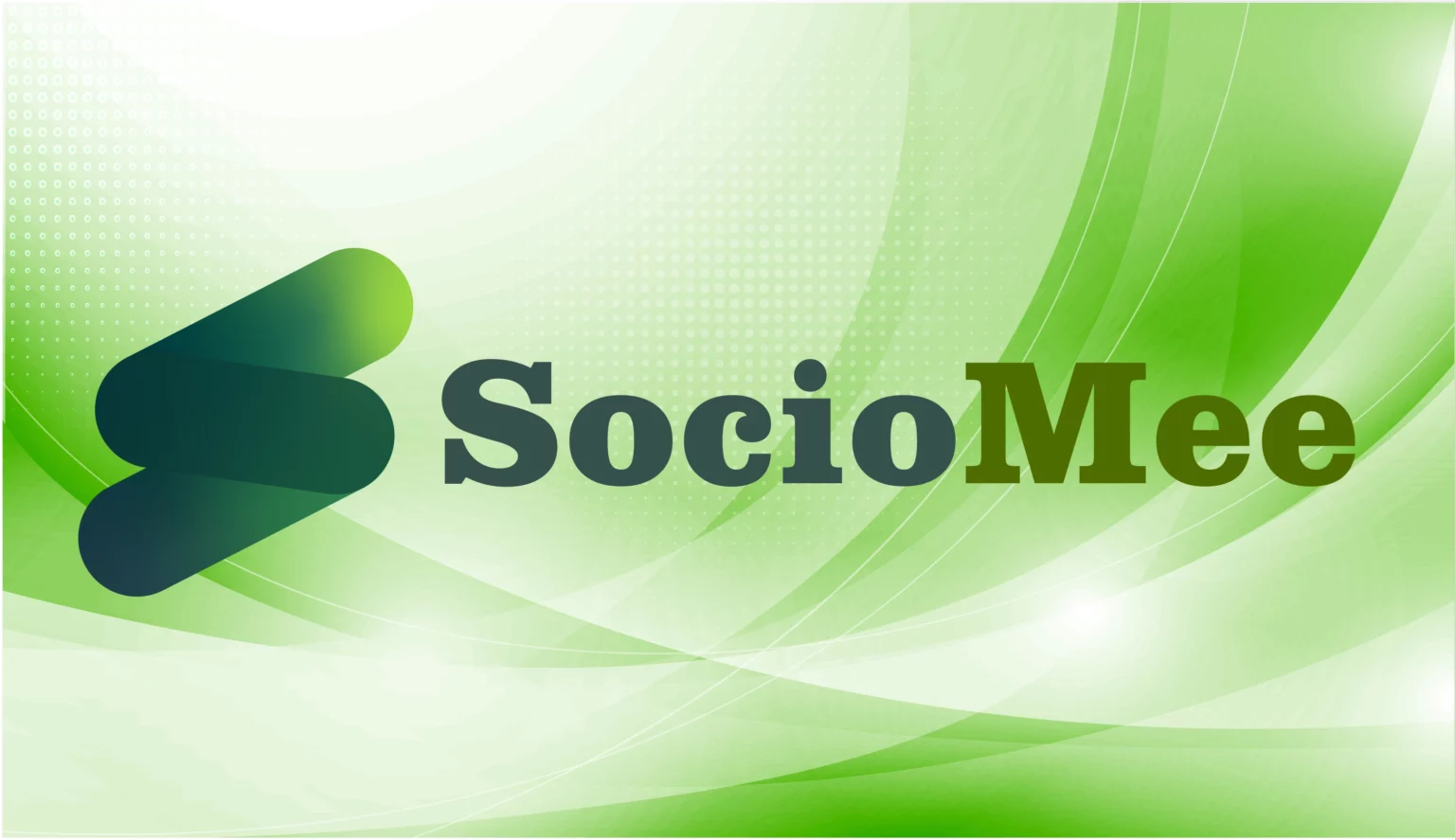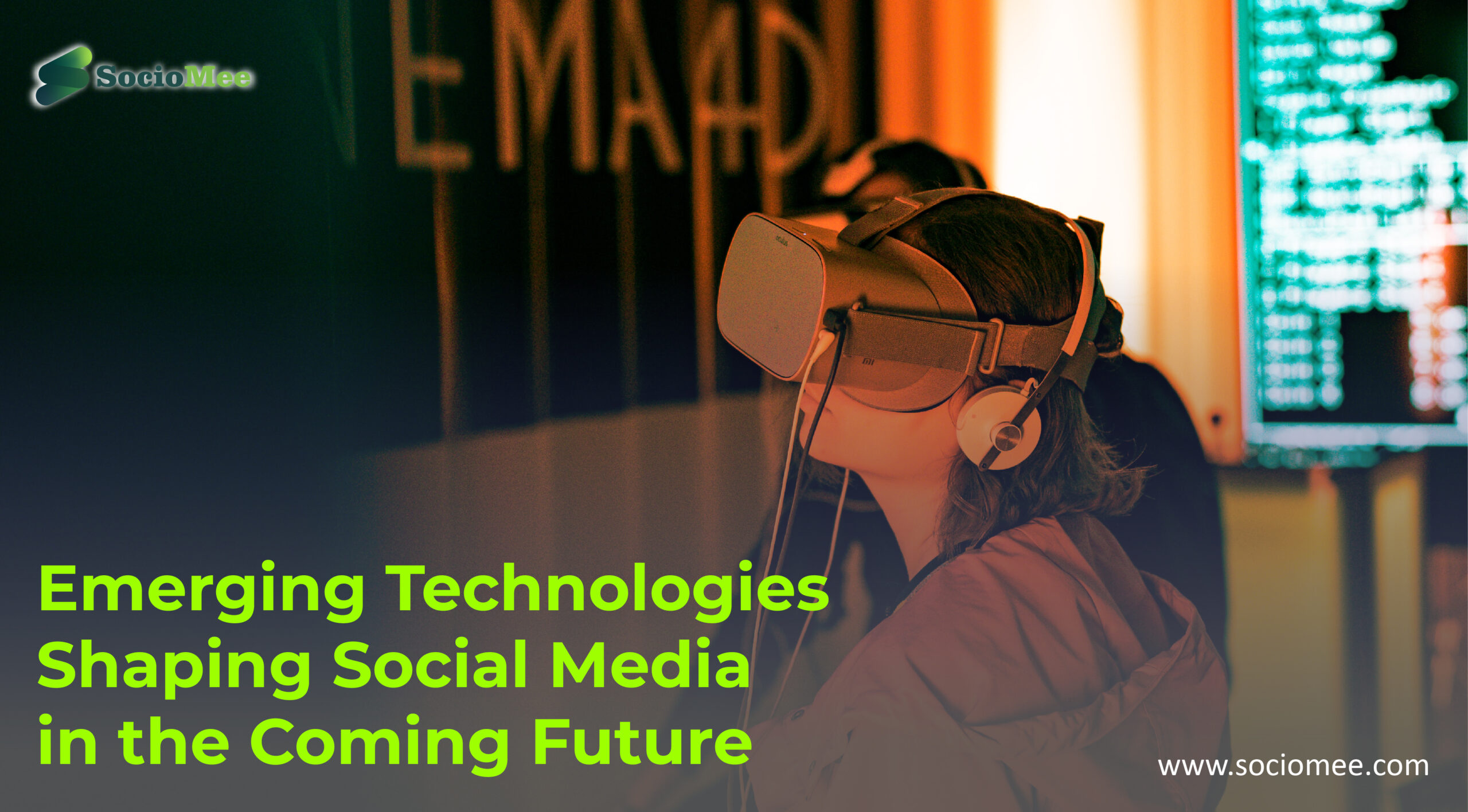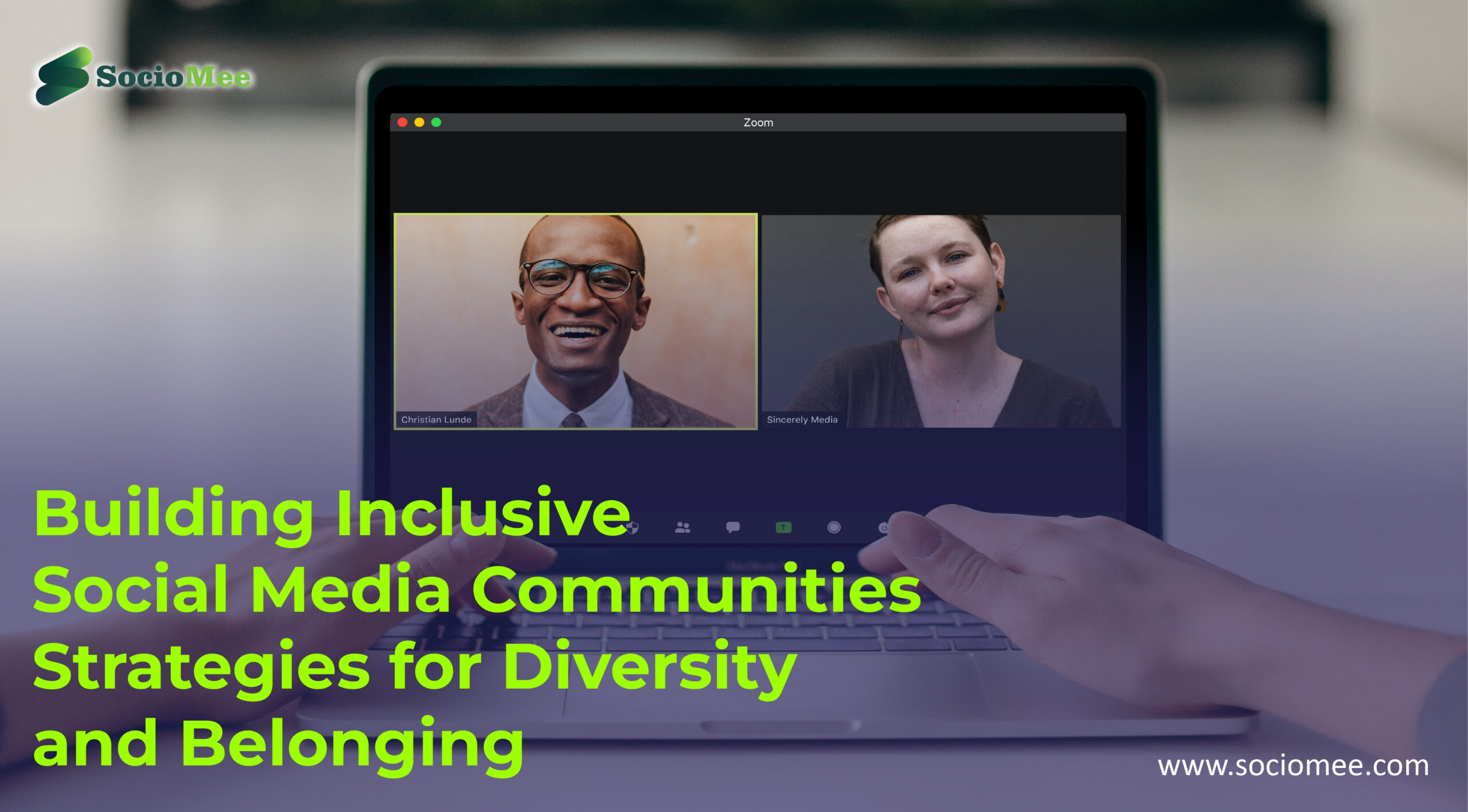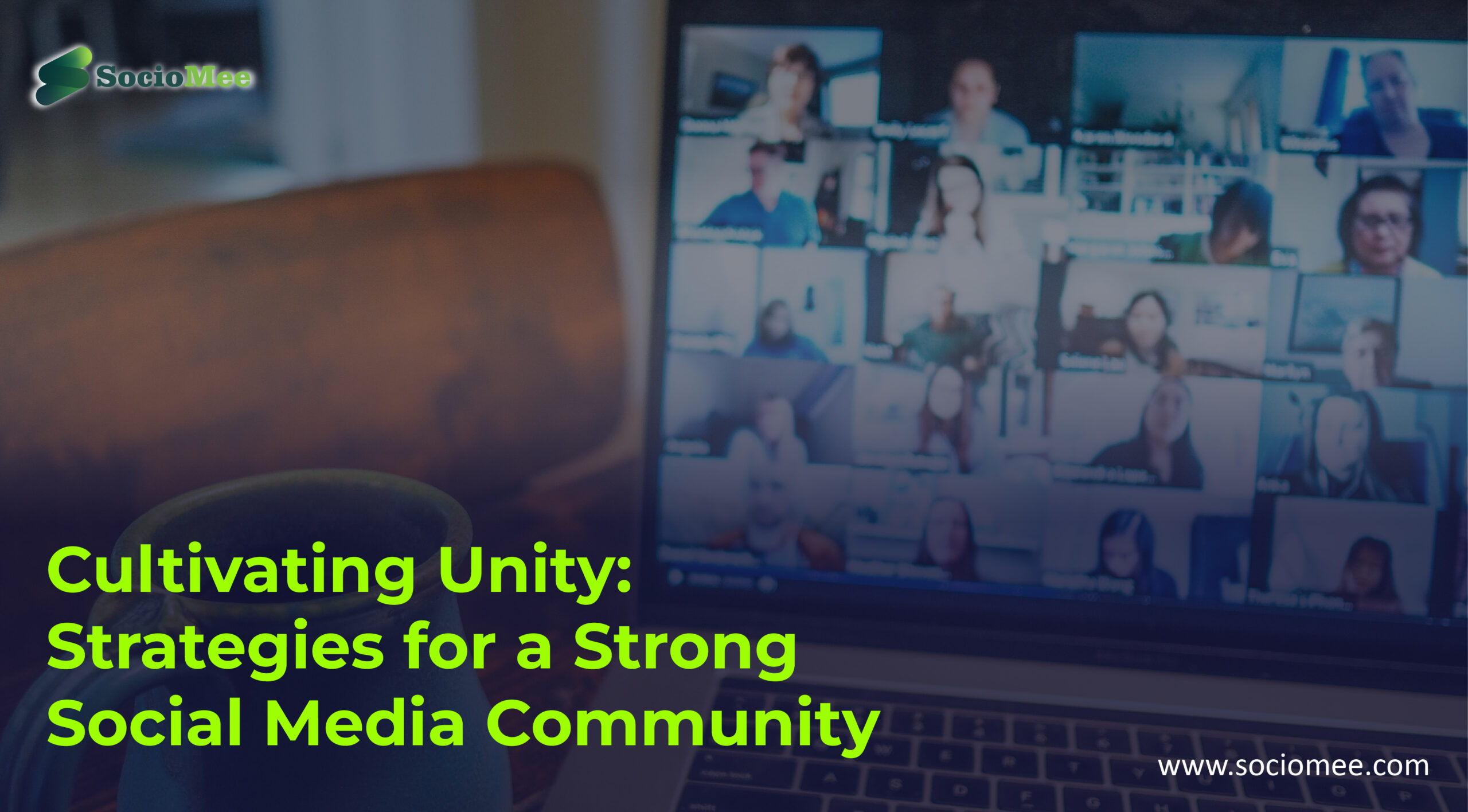Social media platforms have exploded in popularity over the past decade, weaving themselves into the fabric of our daily lives.
The Evolution of Social Engagement:
In the early days of social media, engagement was primarily measured by likes, comments, and shares. While these interactions still play a role, the concept of engagement has expanded to include meaningful conversations, collaboration, and the creation of vibrant online communities. Users are now seeking platforms that go beyond surface-level engagement and foster genuine connections.
Their allure is multifaceted, fueled by a potent mix of psychological, sociological, and technological factors:
#1. Connection and Belonging
- Combating Loneliness: Social media offers a platform to connect with friends, family, and like-minded individuals, easing feelings of isolation and belonging to a community.
- Sharing and Validation: We crave to share our experiences and receive validation. Social media provides a stage for self-expression, garnering likes, comments, and a sense of being seen and heard.
- Group Identity and Tribes: Finding communities that share your interests and passions fosters a sense of belonging and strengthens group identity, providing a safe space for expression and support.
#2. Entertainment and Information:
- Constant Content Stream: Social media platforms are designed to keep us engaged with an endless stream of news, updates, videos, and memes, providing constant entertainment and a distraction from daily routines.
- Personalization and Discovery: Algorithms curate content based on your interests and preferences, offering a personalized experience and opening doors to new information and perspectives.
- Real-time Engagement: Witnessing events unfold in real-time, participating in online discussions, and staying connected with current affairs keeps users captivated and invested in the platform.
#3.Convenience and Utility
- All-in-One Platform: Social media consolidated communication, news, entertainment, and shopping into a single platform, offering convenience and simplifying daily tasks.
- Instant Gratification: The immediacy of sharing, receiving feedback, and connecting with others satisfies our desire for instant gratification and a sense of accomplishment.
- Global Reach and Networking: Social media transcends geographical boundaries, allowing you to connect with people worldwide and build professional networks, opening doors to new opportunities.
#4.Psychological Factors
- Dopamine Rush: Likes, comments, and shares trigger the release of dopamine, a neurotransmitter associated with pleasure and reward, reinforcing our desire to engage further.
- Fear of Missing Out (FOMO): The constant stream of updates and activities creates a fear of missing out, incentivizing users to stay glued to the platform to avoid being left behind.
- Social Comparison: Browsing curated online profiles can lead to social comparison, creating feelings of inadequacy and fueling the need for validation through social media engagement.
It’s important to note that social media also presents challenges:
- Addiction and Mental Health: Excessive use can lead to addiction and negative impacts on mental health, contributing to anxiety, depression, and self-esteem issues.
- Misinformation and Echo Chambers: Algorithms can create echo chambers, reinforcing existing biases and exposing users to misinformation without diverse perspectives.
- Privacy Concerns and Data Sharing: Sharing personal information online raises privacy concerns, making users vulnerable to data breaches and targeted advertising.
Ultimately, social media’s popularity reflects a complex interplay of human needs and technological advancements. While it offers tremendous benefits for connection, entertainment, and convenience, it’s crucial to be mindful of its potential downsides and strive for a balanced and healthy approach to its use.
It’s important to note that social media also presents challenges:
- Addiction and Mental Health: Excessive use can lead to addiction and negative impacts on mental health, contributing to anxiety, depression, and self-esteem issues.
- Misinformation and Echo Chambers: Algorithms can create echo chambers, reinforcing existing biases and exposing users to misinformation without diverse perspectives.
- Privacy Concerns and Data Sharing: Sharing personal information online raises privacy concerns, making users vulnerable to data breaches and targeted advertising.
Ultimately, social media’s popularity reflects a complex interplay of human needs and technological advancements. While it offers tremendous benefits for connection, entertainment, and convenience, it’s crucial to be mindful of its potential downsides and strive for a balanced and healthy approach to its use.
Connect with new world
#5. From Engagement to Empowerment: Harnessing the Potential of Social Platforms
In the digital age, social platforms have become more than just communication hubs; they’ve transformed into bustling ecosystems where ideas spark, communities converge, and individuals have the power to shape narratives and forge connections. However, amidst the constant stream of engagement, a crucial question emerges: how can we harness the potential of these platforms to move beyond fleeting clicks and likes and empower individuals and communities to thrive?
#6.Shifting the Paradigm: From Consumption to Creation
Social media’s initial design focused on user engagement, captivating audiences with curated content and personalized feeds.
Yet, this model often fosters passive consumption, with users becoming spectators in their own online lives. The shift towards empowerment lies in recognizing the vast potential for creation and participation. Platforms must actively encourage users to be producers of content, drivers of dialogue, and active participants in shaping online communities.
#7. Empowering Tools for Building Change
Several avenues exist for social platforms to facilitate this shift:
- Democratized Storytelling: User-generated content platforms like YouTube and TikTok empower individuals to tell their own stories, share their expertise, and build audiences, democratizing the media landscape.
- Participatory Platforms: Social forums and open-source communities allow users to collaborate on projects, solve problems, and exchange ideas, fostering collective wisdom and innovation.
- Advocacy and Activism: Social media provides fertile ground for raising awareness about critical issues, mobilizing individuals for action, and amplifying marginalized voices, leading to real-world change.
#8. Elevating Education and Access
The educational potential of social platforms is another key area for empowerment. Gamified learning platforms engage users in interactive knowledge acquisition, while open educational resources offer accessible learning opportunities to individuals across geographical and socioeconomic barriers. Additionally, social platforms can connect mentors and experts with learners, fostering personalized guidance and skill development.
#9. Building Inclusive Communities
Social media platforms have both the power to connect and to divide. It’s crucial to actively combat hate speech, discrimination, and misinformation, creating safe spaces for diverse voices to flourish.
Encouraging empathy, promoting intercultural dialogue, and building inclusive online communities can empower individuals to connect across differences and foster a more equitable online environment.
Challenges and Responsibilities
Harnessing the full potential of social platforms for empowerment requires both individual and platform-level responsibility:
- User Agency: Individuals must cultivate critical thinking skills to navigate information overload, engage in healthy online behavior, and contribute positively to online communities.
- Platform Accountability: Social media platforms need robust content moderation, data privacy protection measures, and algorithmic transparency to combat misinformation, protect vulnerable users, and ensure fair representation.
#10. What makes SocioMee the best app?
While SocioMee presents itself as a promising contender in the social media world, claiming the title of “the best” is subjective and depends on individual preferences, needs, and values.
Here’s a breakdown of what SocioMee highlights as its strengths and key differentiators, along with some considerations to aid your evaluation:
Claims by SocioMee:
- Focus on community building: It emphasizes real connections and building communities around shared interests.
- Ethical content and privacy: It assures users of ethical content moderation and strong data privacy protections.
- User-controlled and ad-free: It claims to be free from advertisements and gives users control over their experiences.
- Distraction-free reading: It prioritizes content quality and promotes focused reading without algorithm-driven feeds.
- Monetization through authorship: Authors can earn through their writing, aiming for a fairer content creator ecosystem.
Considerations for evaluation:
- Limited user base: Compared to established platforms, SocioMee’s user base might be smaller, impacting discoverability and community engagement.
- New platform, uncertain future: While its features seem promising, its long-term viability and ability to attract and retain users remain to be seen.
- Focus on content creation: Depending on your preferences, you might prefer platforms with a stronger focus on visual content or ephemeral sharing.
- Ethical claims require investigation: It’s essential to examine SocioMee’s content moderation policies and data privacy practices thoroughly to verify their ethical commitments.
Empowered individuals, connected communities, and responsible platforms can transform social media from a passive playground into a force for positive change.
The journey from engagement to empowerment is within reach, and by collectively leveraging the power of these platforms, we can build a more inclusive, informed, and impactful online world.








